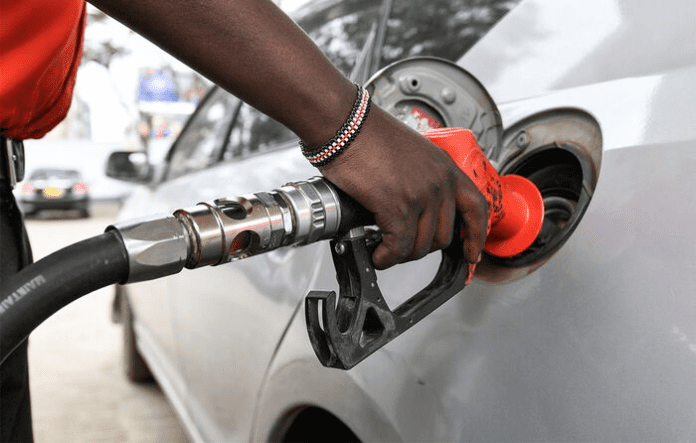Dyed-in-the-wool motorists and industry watchers are sounding the alarm: Kenyan fuel prices are poised to rise further in 2026, driven by changes under the Cost of Service for the Supply of Petroleum Products (COSSOP) model, which is being fully phased in.
Introduced in 2018, COSSOP was designed to ensure oil marketing companies (OMCs) maintain minimum profit margins as fuel prices fluctuate. Over the years, these margins have grown from Sh 4 per litre in 2018 to Sh 17 in 2025, and the final increase is scheduled for early next year .
The matter was raised in the Senate Energy Committee, chaired by Siaya Senator Oburu Odinga, where legislators summoned Energy Cabinet Secretary Opiyo Wandayi to explain the continued high fuel costs in Kenya, even as international prices drop.
During the Thursday session, senators compared pump prices in Nairobi and Kigali, noting that despite Rwanda being landlocked and relying on fuel imports through Tanzania, where a litre of petrol costs Sh161.80, compared to Sh186.31 in Nairobi.
Senate Minority Whip Ledama Olekina criticized the margin hikes during a Senate Energy Committee meeting.
“In 2017, the profit margin stood at Sh 4, shared between OMCs and retailers. By 2024–25, the margin is now Sh 17, split Sh 11 and Sh 6 respectively.” He said.
Responding to the concerns, EPRA’s director of Petroleum and Gas, Edward Kinyua, defended the authority, saying the adjustments were based on findings from a review carried out in 2023.
He also linked the rise in fuel prices to the increase in the Road Maintenance Levy, which went up from Sh18 to Sh25 last year.
“Implementing the full increase in one go would have made fuel unaffordable. We phased it in gradually. The worst is behind us. The next increase will be negligible,” Kinyua told the committee.
Aside from COSSOP adjustments, the average landed cost of imported fuel surged in mid-2025. Between May and June, Super Petrol rose by 6.45%, diesel by 6.27per cent, and kerosene by 6.95%; translating into retail price jumps of Sh 8.99 for petrol, Sh 8.67 for diesel, and Sh 9.65 for kerosene .
In Nairobi, the new retail prices are Sh 186.31 per litre of Super Petrol, Sh 171.58 for diesel, and Sh 156.58 for kerosene. Comparable prices in Mombasa and Kisumu show similar steep increases, signaling a nationwide impact .
This decision marks the largest single increase since September 2023, when EPRA raised prices by over Sh 16 per litre in one review; making today’s steep yet gradual rise still deeply painful for consumers .
EPRA’s mandate is to balance fair pricing with sector sustainability, but critics argue the regulator has prioritized OMC profitability at the expense of affordability. The Motorists Association of Kenya (MAK) described the new prices as “unjustified,” calling the tax component economically destructive and morally wrong .
Treasury Cabinet Secretary John Mbadi defended the government position, attributing the price surge to global oil price shocks driven by the Israel–Iran conflict and justified levy increases imposed last year .
Looking ahead, with the final margins set to be implemented under COSSOP in 2026, industry watchers warn fuel prices may climb again; even if international crude markets stabilize. Given that Kenya imports all its refined petroleum products, any small global or domestic shift translates sharply at the pump .







